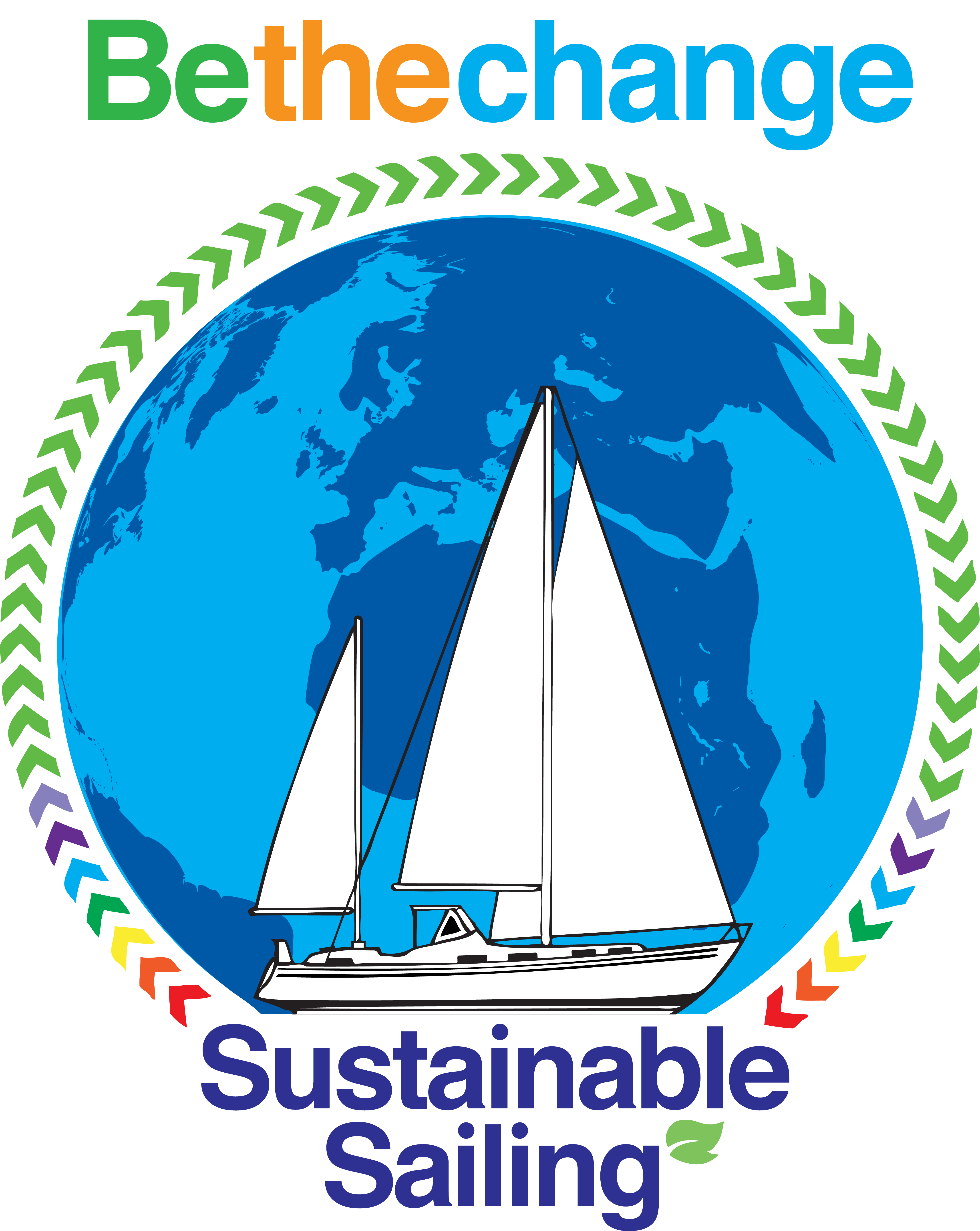On Friday, while preparing to fit the backing plate in the cockpit locker we decided to remove the drive unit for the original Neco autopilot.

This is a beefy electric motor that uses a chain drive onto one of the shafts of the Whitlock steering system. From all we can find out about this it is definitely worth keeping. It seems to be highly regarded although it predates the availability of small affordable permanent magnets, that have transformed electric motors.
The bracket it sat on had a lot of loose rust on it. This mostly seems to have come from elsewhere, probably the old fridge condenser. A bit of sanding shows that all it needs is cleaning and painting (and new bolts).

However, the controller is in much poorer condition.

Also it doesn’t fit what we want from an electronic autopilot. For us there are three key missing features.
- Click on from standby to continue on the current course. Something has happened and I need my hands to do something (adjust a sheet, do some navigation, take a cup of coffee from below, move to get a better view under the sails). This should be a one button press and be almost instant. With this unit you first have to turn it’s compass setting to your current course and then turn it on. That means looking at the compass then looking at and adjusting the compass dial on the Neco and then switching it on (except currently there is no on/off switch so you had to go below and turn it on at the circuit breaker).
- Tack. When sailing singlehanded we can’t reach the genoa sheets from our steering wheel (and certainly will need both hands to tack the genoa). With a good autopilot you click the on button and the the tack port or tack starboard buttons. The autopilot does the steering to tack the boat while you sort out the sheets for the sails. With the Neco you have to work out what course you want to be on after the tack and turn to that (quick what is 47 degrees less 90? – which is what you have to work out if you are on starboard tack steering 47 degrees and need to tack. The answer is 317 degrees).
- Steer true course rather than heading. Due to tides and leeway, the actual direction a boat goes in is rarely exactly the same as you are steering. The Neco doesn’t handle this well. All you can do is enter the heading. Modern autopilots can do either and they generally have quick buttons to adjust the course a degree or 10 at a time. Again with the Neco all you can do is turn the compass rose to the heading you want.
So what are we planning?
Our plans are changing a bit. Ideally we would be fitting a Hydrovane Wind Vane for self-steering before our launch. However, at nearly £6,000 it will have to wait for a bit. So the cheapest solution to having some self-steering is to use this existing drive unit with a new controller.
The controller we are looking at is essentially a DIY system using the PyPilot software running on a RaspberryPi Zero W with various boards and sensors attached. It can have a screen and be controlled by a keypad, a remote control device or a mobile phone. It can also integrate with the OpenCPN chartplotter software that we intend to use.
There are people who have got PyPilot working with Neco drive units so whilst it isn’t a small, simple task it is perfectly doable.
This isn’t a replacement for the Hydrovane (that has big advantages in not using any electricity and providing an emergency rudder).
Eventually we want to end up with a whole range of steering options (sorted by preference when cruising):
- Wind vane (probably a Hydrovane) which is independent of everything else and steers us at a constant angle to the wind.
- Neco drive unit controlled by a Raspberry Pi running PyPilot.
- Standard hand steering using the wheel (primary choice in confined spaces)
- Emergency tiller steering. We have a two part metal tiller that is stored under the aft cabin bunk. By lifting the cushions and opening a hole in the deck we can put the emergency tiller on top of the rudder shaft and steer from the aft cabin roof. Useful if if any part of the connections from the steering wheel fails.
- Emergency tiller attached to the wind vane for hand steering (built into a Hydrovane and an optional extra for a Cape Horn wind vane).
We have also considered adding a tiller autopilot attached to the wind vane. Both the HydroVane and Cape Horn vane steering allow an electric tiller autopilot, designed for smaller boats, to steer the boat via the wind vane system. However, if the Neco unit can work we probably don’t need this (at least for a long time, we might like the extra backup on very long ocean crossings). Meanwhile it saves us another £1,000 or so.
This feels like a good project for winter nights, and if we can’t find time before the launch I can do it on the water providing I have bought the bits.

Leave a comment